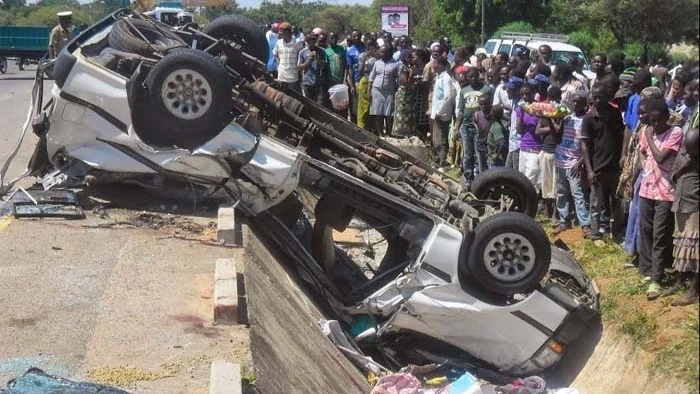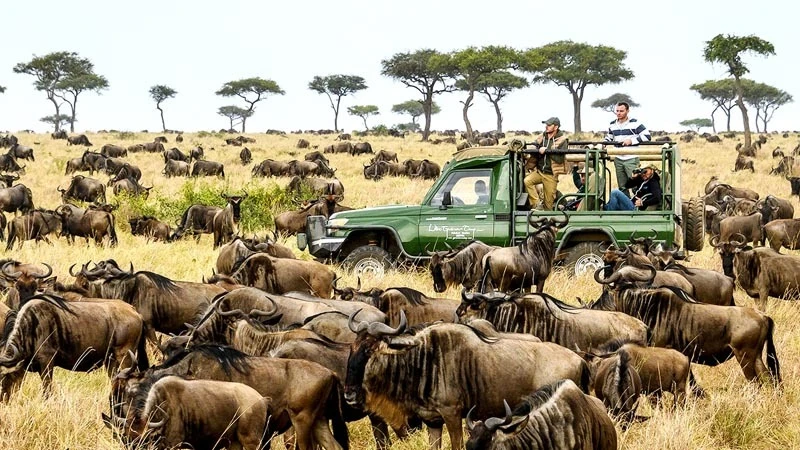There’s more to making roads safer than merely bettering infrastructure

FOR confirmation on whether there are more or fewer accidents as time passes or each year-end situation depends, one consult would need to consult reliable databases.
Still, many things change in the way accidents occur. For example, the Tumbi (Coast Region) section of the Dar es Salaam-Morogoro highway for years used to be known as notorious for grisly crashes involving long-distance buses. It is however now several years since the place occupied headlines for another tragic road crash.
It is certain that not all accidents are reported each day they happen, but those taking five, ten or more lives usually get front-page newspaper citation or are prominently featured in radio and TV broadcasts as well as by social media.
This is all the more so as each major accident shakes the public psyche, either as testimony for failed public administration in relation to traffic regulations or simply in habits.
There are however hidden avenues that can’t be tested, including whether a driving licence holder is indeed fit to drive all the time.
There are also psychological issues which are largely individual but which can have cultural prolongations as we all inherit things that form part of character and at times they can make a difference on how we react to certain situations.
It isn’t possible to test what sort of people are likely to be on ‘overdrive’, seeking to achieve certain short-term wishes by all means, but when faced with a 100-kilometer road stretch and a slow vehicle crawling endlessly, irritation is almost always ensues. Then it depends on luck that no other vehicle will also be rushing.
It is also evident that the number of people travelling to and from urban areas and villages during Christmas and New Year is often elevated, while the ‘will to rush’ is even more explicit than earlier.
So there is a more elevated scenario for the number of motor vehicles on a particular destination, with caution at greater risk of being thrown to the winds. That appears to have been the case in the past few days, with an average of one ghastly crash per day.
In the third big accident in as many days, ten people died in a head-on collision involving a van and a bus at Kibaoni village in Rombo District, Kilimanjaro Region, on Thursday.
According to the regional police commander, the van’s driver was trying to overtake another vehicle without caution. That obviously would be a case of faulty judgment but, given the number of vehicles on the road and the rush, it is partly owing to roads having been widened on highways that few crashes into ravines.
There are numerous spots that were notorious for road accidents but most are now tamed, if you will, including owing to infrastructure improvement efforts since the 1990s.
At first it was a matter of linking regional capitals with tarmac roads, followed by districts, and then the widening of municipal roads – all this in a bid to ease congestion.
Widening highways has usually taken place when the roads are periodically resurfaced, crucial for safe overtaking.
However, as experts have long demonstrated, there is a lot more to reducing the incidence of road crashes than merely ensuring we have better infrastructure (this could ‘backfire’) or lining long stretches of roads with traffic police officers on patrol.
Top Headlines
© 2025 IPPMEDIA.COM. ALL RIGHTS RESERVED

















